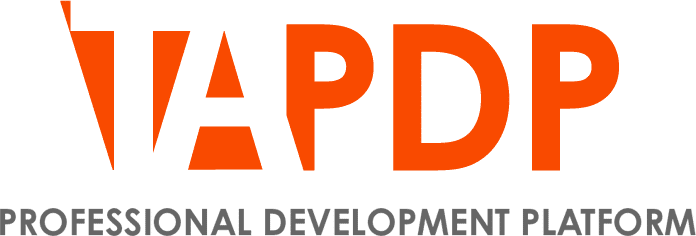This course aims to:
- Highlight emerging technologies relevant to school support staff
- Help staff stay updated with new solutions and integrate them into their roles
- Develop the ability to review technology solutions and make informed decisions about future investments

Login
Accessing this course requires a login. Please enter your credentials below!



